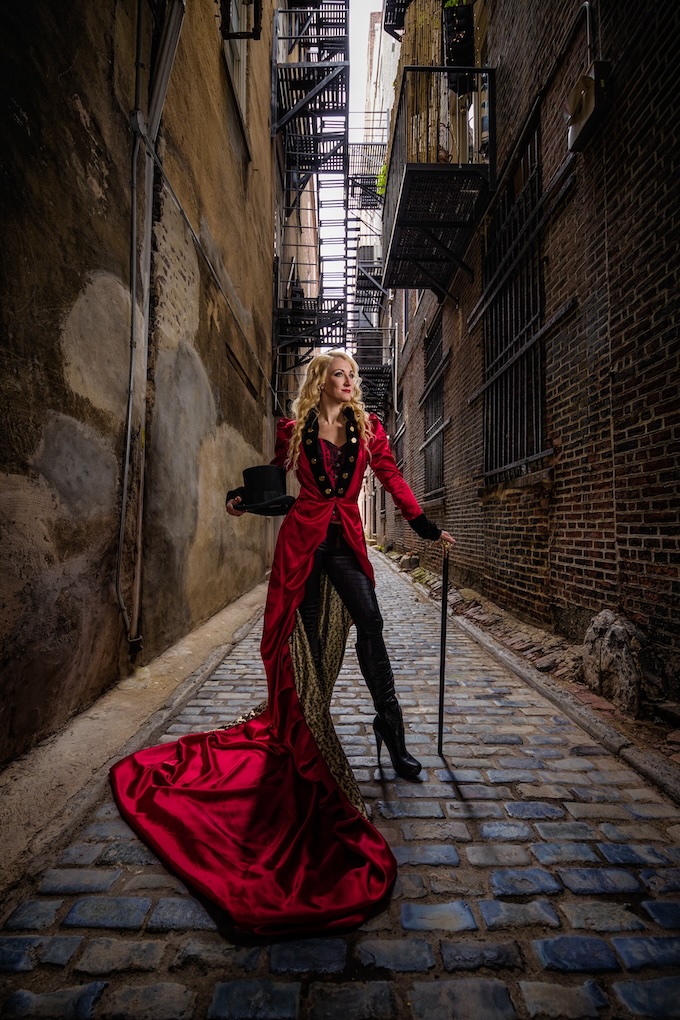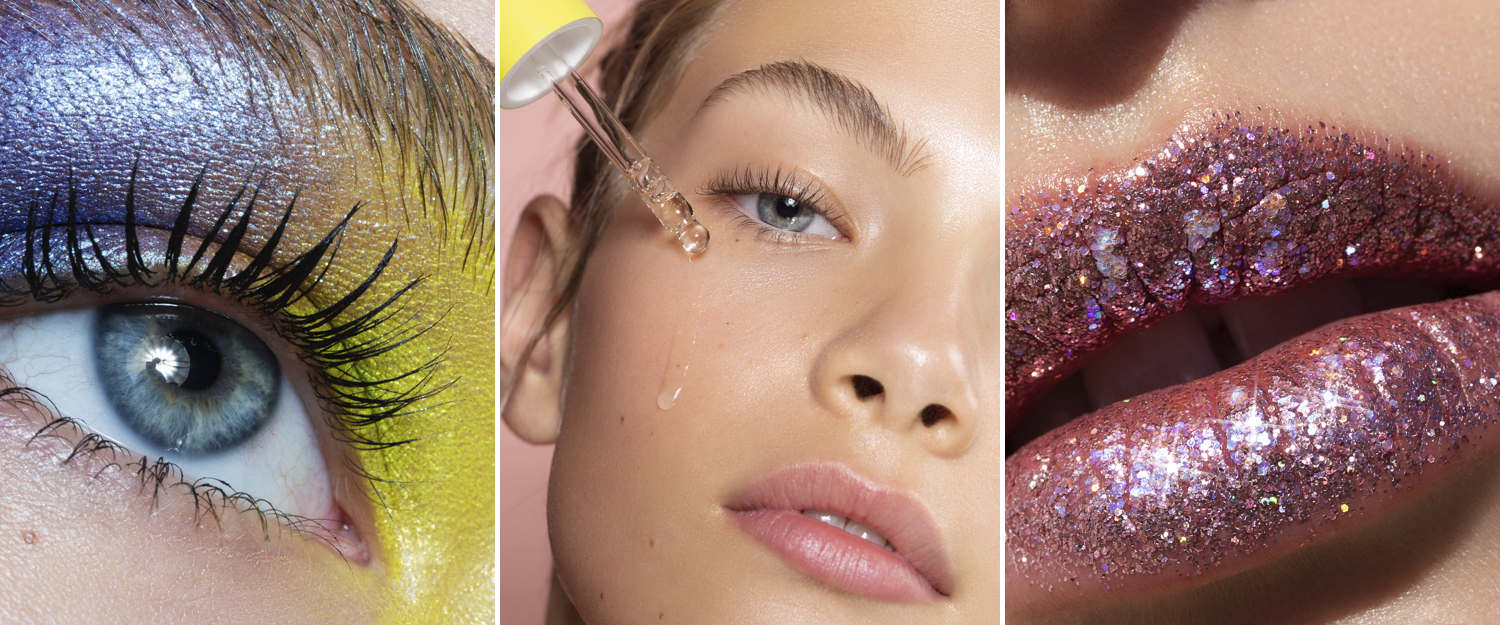Beauty, Glamour + Fashion
Photo Tips for Posing Men: The Only Time Manspreading is Okay
December 28, 2019
This just in: Manspreading is permissible. But only for one scenario. In fact, in this instance, manspreading is key: when you’re posing men for photographs. Let me mansplain for a hot second.
The term “manspreading” entered the lexicon about five years ago following a campaign on social media to curb an undesirable habit among men. Merriam-Webster defines the custom as “the act or practice by a man of sitting with the legs spread wide apart (as in a public seating area) in a way that intrudes on the space of others.”
Some of our subjects may wish to appear slimmer on camera, but when it comes to photographing men, manspreading is the way to go. That’s because the more space they take up in the frame, the better. Having your male subjects in a frame with their legs spread apart and their elbows away from their bodies will make them look larger and more dominant in the image.
How Jeff Rojas Casts Gentlemen in Thoughtful, Timeless Light
Normally when I am working with models, I try not to micromanage them. I will take a series of images and just let the shoot flow. The same goes for inexperienced subjects, to an extent.
Regardless of their prowess in front of the camera, I will look out for where they are hiding their tension: a fist or a tightly gripped knee, ankles bent 90 degrees to the side and exposed forearms, wrists and hands dangling between their knees. If I catch these flaws I will gently correct them, mindful not to make them feel bad about themselves or their performance.
Posing and Body Language for Beauty Photographers
I will also encourage asymmetry. If one foot is forward, the other foot is back. If they lean out on one knee, the opposite elbow should go up and to the back. Think balance and confidence. As a last resort, I will pose them like a mannequin, by showing them photos I have taken in the past.
Now, when you’re dealing with a professional model, remember to allow some space for collaboration. The model Jason Cates, who I have worked with for over 10 years, says he likes “when a photographer first and foremost, before the shoot, talks to me as a model and we figure out what they are looking for as far as looks, the mood of the shoot—if [they] want more smiles, if [they] want me to be more serious, a little more playful.”
How Lindsay Adler Bridges the Worlds of Fashion Posing and Senior Portraiture
Cates considers himself a veteran in the industry, so he likes when photographers “just let me kind of do my own thing. I don’t like it when a photographer is too over the top with giving pointers. There should just be a good balance between the photographer and the model [during] the photo shoot.”
Many of us tend to have a resting angry face (cough, me), so remember to have positive body language, smile, strike up a conversation with your subject and keep things light—that way the creative juices will flow, like long legs spilling over the side of a narrow subway seat (guilty as charged).
John Gress is well over 6 feet tall and has sometimes taken up more than one seat on public transportation. He loves helping photographers perfect their lighting skills, and he will be teaching a class at WPPI 2020 called “Photographing Men, Including Pre-Production, Posing and Lighting.”




